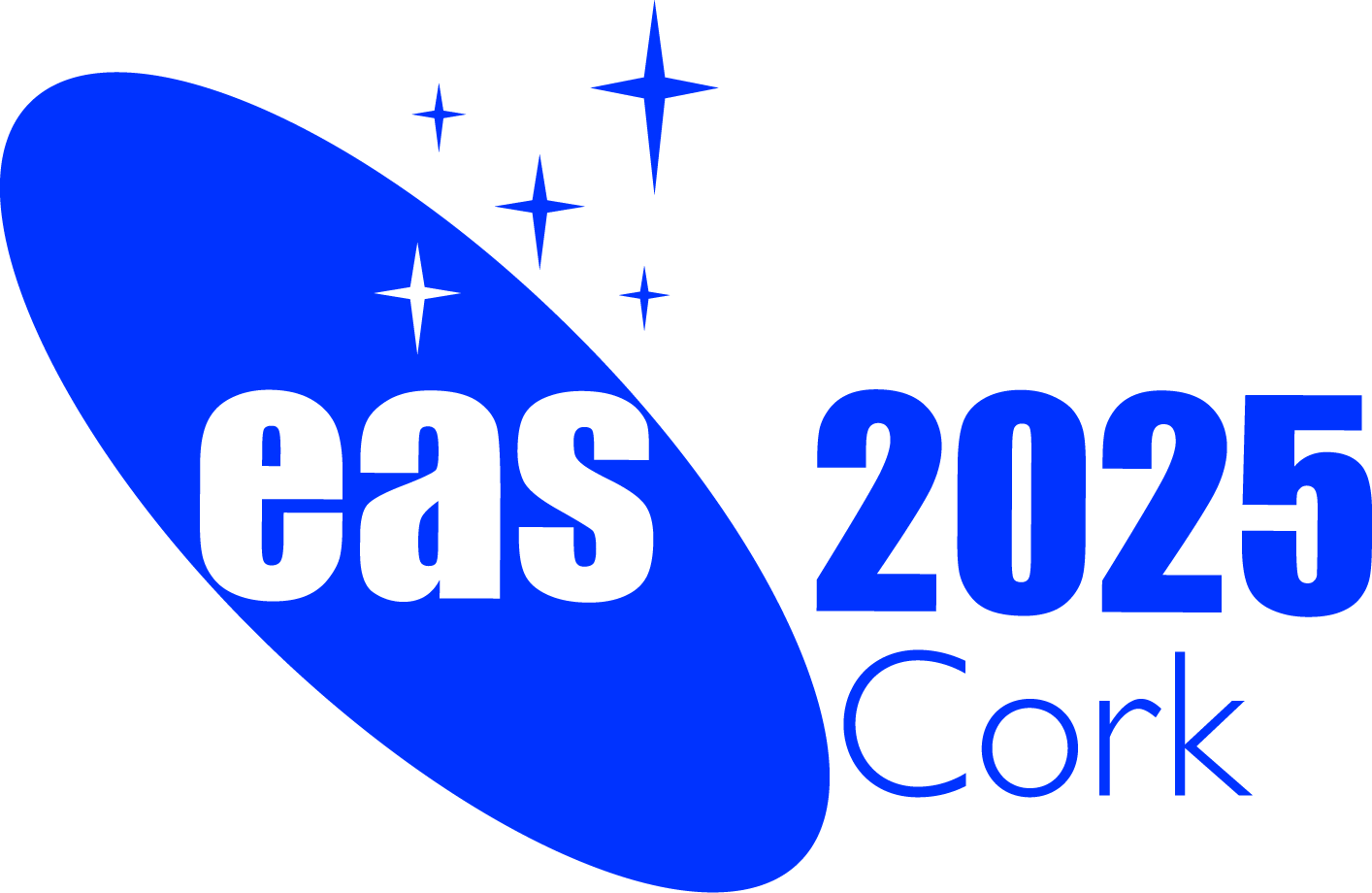Special Session SS20
27 June 2025
Polarimetry of young stellar objects: instrumentation, observations and models
Aims and scope
Polarimetry towards star forming regions in our galaxy provides precious information on the physics of young stellar objects (YSOs) and their environment. Over the last few years, facilities like ALMA, VLA, VLT/SPHERE, Gemini/GPI, IRAM 30-m/NIKA2 have developed new capabilities that allow us to perform polarimetric measurements with increasing spatial resolution and sensitivity. These challenging and often time-consuming observations give us access to an otherwise inaccessible Universe: the intensity and morphology of magnetic fields and the properties of dust in protoplanetary disks.
This special session aims to:
- give an overview on the state-of-the art of the current instrumentation for polarimetry (optical to radio) and relative challenges
- discuss the different mechanisms generating polarised radiation as a function of evolution (embedded pre-stellar cores to debris disks) in young star forming regions in our galaxy
- present results from laboratory experiments on protoplanetary dust analogs and solar system samples
- bring together the communities working on polarimetric observations, laboratory measurements and theoretical predictions
- highlight the recent results and open issues in interpreting polarimetric observations, with a focus on magnetic fields and dust properties in young systems
- connect the results from the different areas of expertise and put them in the context of star formation, dust evolution and planet formation theories
Programme
Invited speakers
[this is an incomplete list, as we are still in the process of contacting the speakers]
- Anaëlle Maury (CEA Paris/ICREA)
- François Menard (IPAG)
- Boy Lankhaar (Leiden University)
- Vincent Piétu (IRAM Grenoble)
- Rob van Holstein (ESO Chile)
- Jie Ma (IPAG)
- Daniel Guirado (IAA Granada)
Scientific organisers
Greta Guidi (Univ. Grenoble Alpes, France) chair
Nacho Añez-Lopez (IRAM Grenoble, France) co-chair
Josep Miquel Girart (CSIC, Barcelona, Spain)
Francesca Bacciotti (INAF Arcetri, Italy)
Valentin Le Gouellec (NASA Ames, California, USA)
Holly L. Capelo (CSH Bern, Switzerland)
Ryo Tazaki (University of Tokyo, Japan)
Philipp Weber (USACH, Santiago de Chile, Chile)
Contact
Greta Guidi: greta.guidi @ univ-grenoble-alpes.fr
Updated on Tue Mar 04 15:12:18 CET 2025

 A power cut will shut down all EAS services on Tuesday, 10 January 2017 starting at 7:30 CET.
A power cut will shut down all EAS services on Tuesday, 10 January 2017 starting at 7:30 CET.

